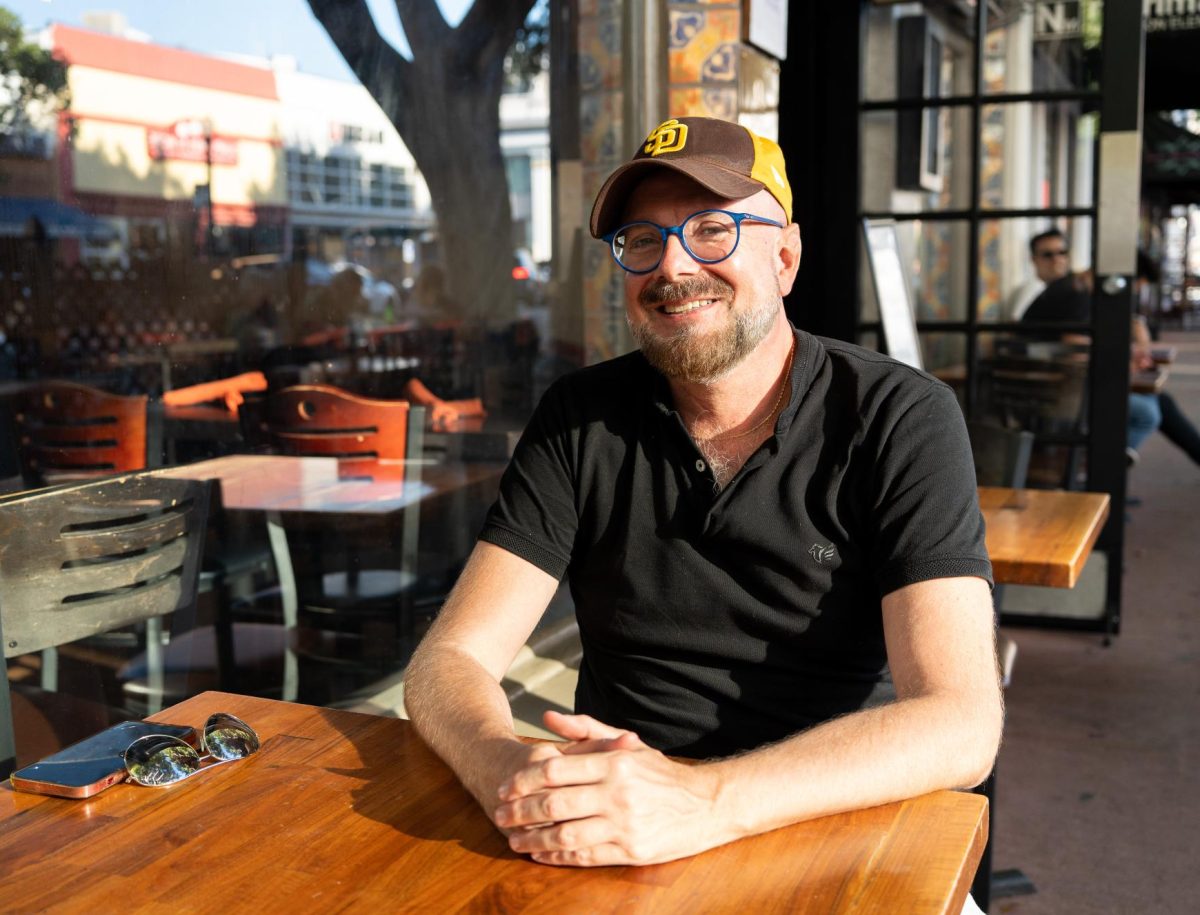It’s not every day you get to see parchment older than Jesus. Though
now until Dec. 21, you can — at the San Diego Natural History Museum’s
Dead Sea Scroll exhibit. Widely considered to be some of the most
important Middle Eastern artifacts ever found, the scrolls provide
insight into a culture that lived and vanished with hardly a trace. The
exhibit features two sets of scrolls on loan from the Israeli Antiques
Authority and Department of Antiquities of Jordan; 10 of the scrolls
are on exhibit for the first time.
Dating from 250 BCE to 68 CE, the Dead Sea Scrolls are some of the
oldest known texts from the Hebrew Bible. Because they were in caves
near the shore of the Dead Sea most historians point to the nearest
settlement, Qumran, as the most likely origin of the scrolls. The
fortress city was probably an enclave of orthodox Jewish men who
dedicated much of their time to diligently copying religious texts. The
discovery of inkwells (also on exhibit) and a writing room furthers the
argument that Qumran residents produced these texts. Archeologists
eventually found 100,000 pieces of scrolls, spread across 11 caves,
that have now been pieced together, forming 900 documents.
Besides the scrolls, the exhibit also displays Israeli photography of
modern-day Israel, the history of the discovery of the scrolls,
artifacts from Qumran and a virtual tour through Qumran. The museum
does an amazing job of providing background to how the scrolls were
most likely created in the context of the scribes’ lives. The exhibit
goes so far as to address the Scotch tape that plagued the restoration
of the scrolls. Pulling upon patrons’ youthful curiousities, various
hands-on displays allow museum goers to play archeologist, piecing
together smashed vases. Still, other installments let visitors feel
parchment that might resemble the Dead Sea Scrolls in their original
form.
While the exhibit was well planned and meticulously created, politics
still impede a truly holistic view. The collection fails to address
Palestine’s objections, despite its thorough attempt to represent the
historical backdrop. Though the caves are located in Palestine, Israel
bought many of the scrolls immediately after their discovery, and in
the Six-Day War of 1967, Israel captured a museum where many of the
remaining scrolls were housed. Israel claimed the scrolls represent an
important part of Jewish history and therefore has not cooperated with
Palestine in the return of the scrolls — an important part of history
ignored in the current installation.
The 12,000-square-foot facility dedicated to the exhibit take about
three hours to navigate, so make sure you have the time and patience to
absorb everything. The museum provides free audio guides that impart
historical background and expert commentary, adding to the plethora of
signs. To preserve the scrolls, the museum rooms are kept at a cool 68
degrees and use low lights. Be sure to bring a sweater and a pair of
reading glasses. Because it is not a traveling exhibit, this experience
is unique to San Diego. Ten of the scrolls change on Oct. 15, so if you
want to see both sets, get there soon. Tickets cost $20, with a student
ID, on weekdays and $24 on weekends.
San Diego Natural History Museum
1788 El Prado
San Diego CA 92101
(619) 232-3821
Dead Sea Scrolls at the Natural History Museum
Sep 25, 2007
More to Discover







